The resurgence of Barbie’s classic IP sweeps the world
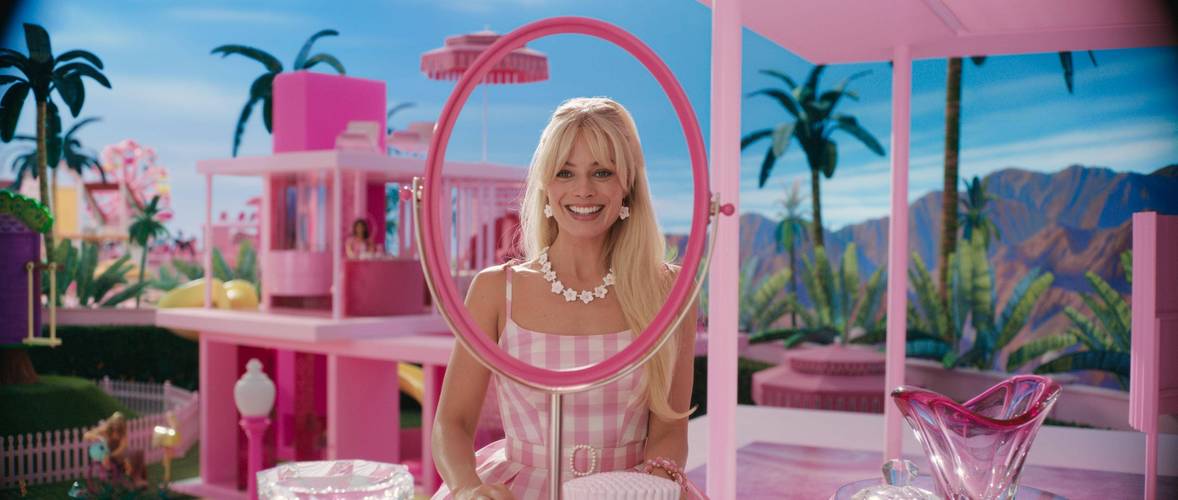
The global box office of the live-action movie adaptation of “Barbie” has exceeded $810 million (approximately 5.81 billion RMB). In the age of the internet, marketing and promotion have become crucial factors in determining the success of a film, and “Barbie” is no exception. Out of the $145 million movie budget, an impressive $100 million was allocated solely for marketing, highlighting its significance. The success of the “Barbie” movie has allowed Mattel to achieve strong growth in the declining European and American toy industry. In the third quarter of 2023, Mattel’s net sales reached $1.92 billion, representing a 9% year-over-year increase. “Barbie,” as Mattel’s top intellectual property (IP), contributes close to one-third of their overall revenue.
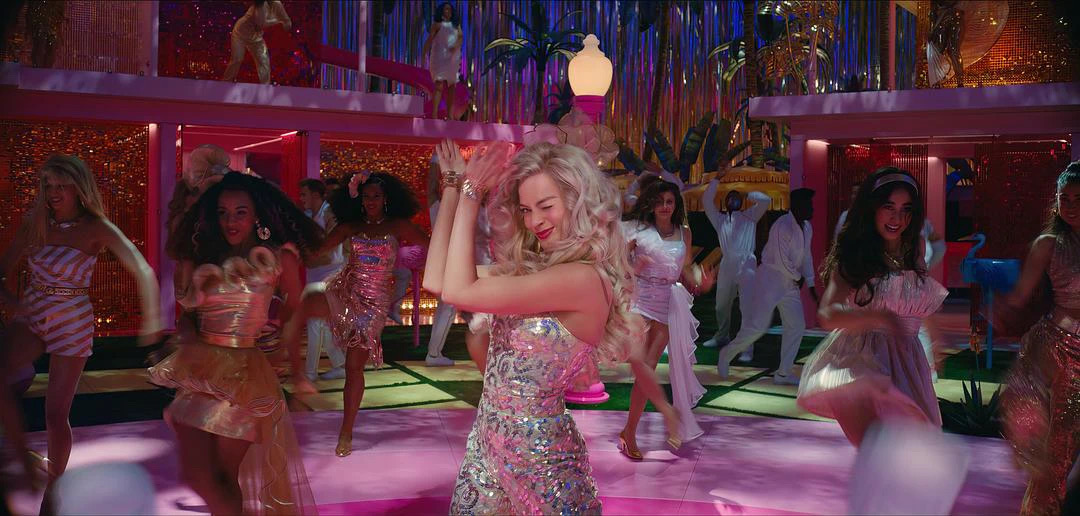
This year’s movie has showcased the remarkable money-making ability of the Barbie brand and its related intellectual property (IP). With over 100 brands and thousands of merchandise options, the “Barbie fever” has spread like wildfire, creating a viral sensation. The collaboration between Barbie and various brands has taken the world by storm, dominating the co-branding landscape overnight. The “pink storm” has refreshed the world of collaborations and shown that anything can be transformed into a Barbie-themed product, captivating fans everywhere.

Barbie leverages its rich brand history and combines it with contemporary elements to recreate a classic. Nostalgia is an important emotional outlet for consumers today, as they long for the “golden era.” This presents an opportunity for brands with a significant history. Nostalgic packaging and collaborations are just surface-level applications. Brands that have thrived for decades have had their own “golden era” and the spirit of that era can still resonate with consumers today. However, it is important to reinterpret the classics in light of current societal attitudes. Companies, products, and brand managers must strive to understand the original goals and commercial intentions embedded in the timeless values of classic products. They need to grasp the essence, distill the core soul, and act according to the current business environment. By staying attentive to the past and continuously reinterpreting it, brands can discover the sacredness in history and keep it relevant and timeless. The widespread marketing strategy of the live-action Barbie movie has indeed captured everyone’s attention and aligned with modern women’s values. The film links fashion with values like individuality, freedom, and courage. The protagonist, Barbie, is fearless, confident, and independent. Through the fashionable outfits of Barbie fans, they showcase their personality and confidence, express their own attitudes and values, and align with current fashion trends.



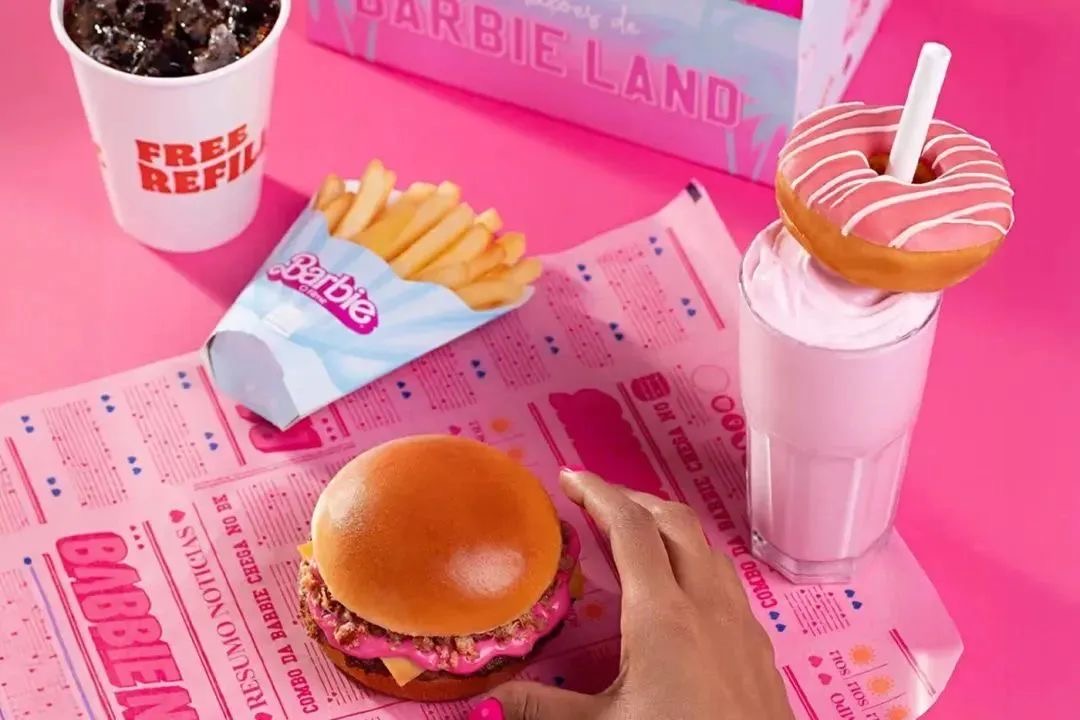
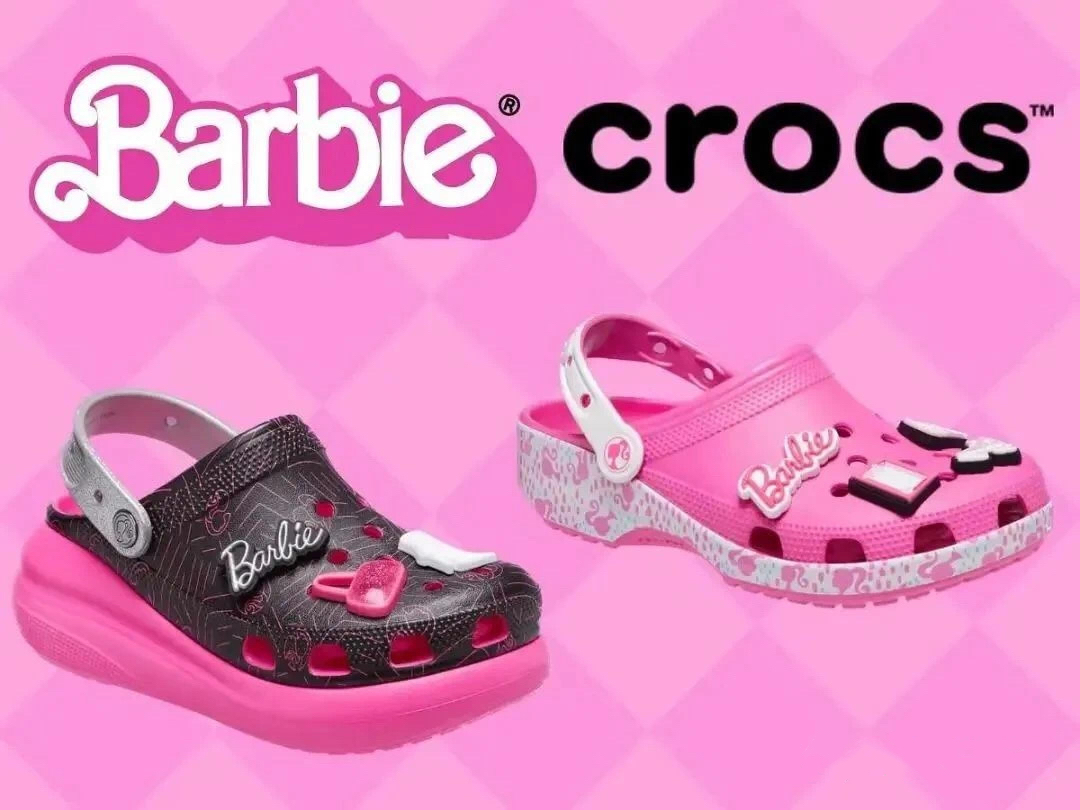
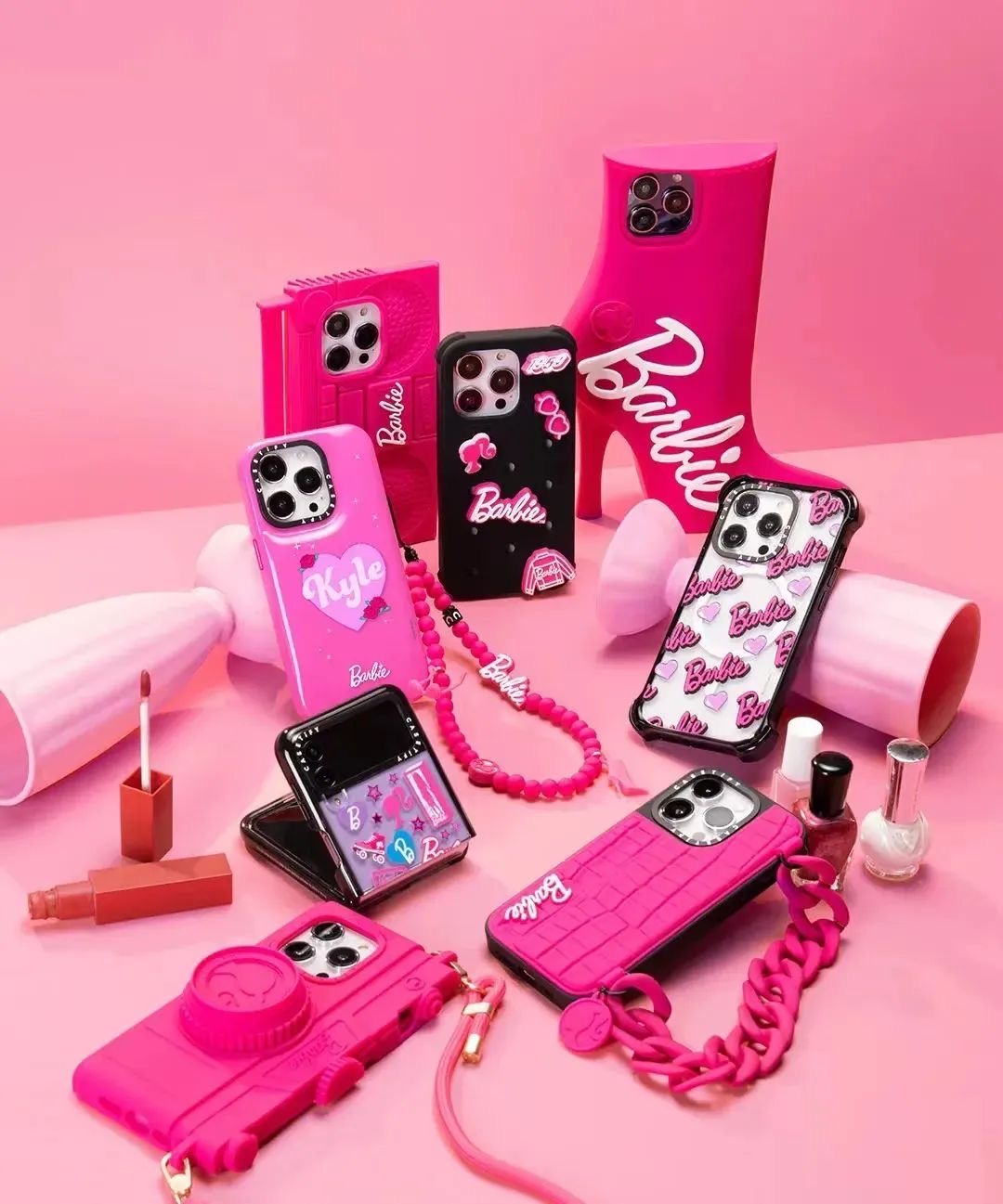
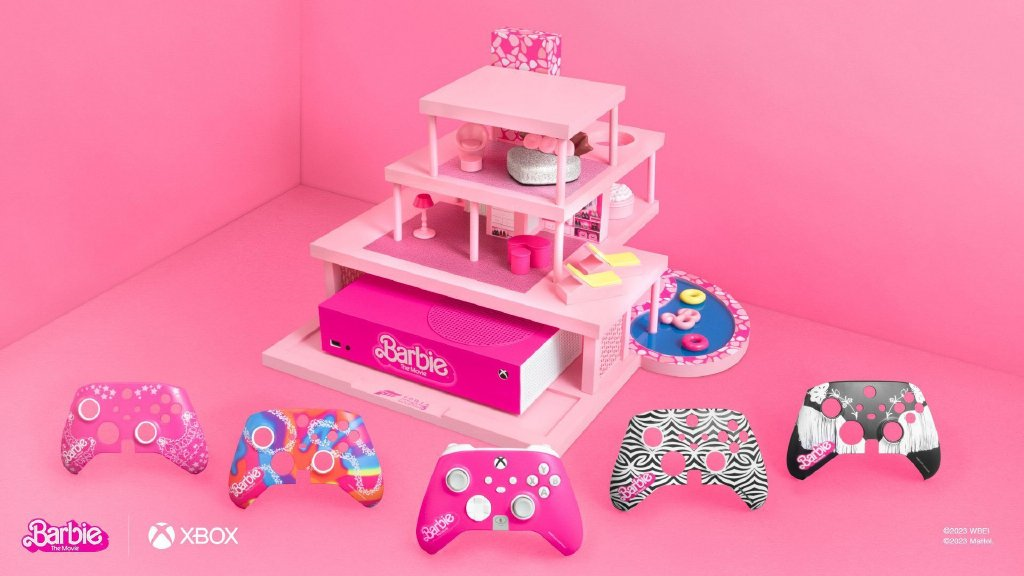
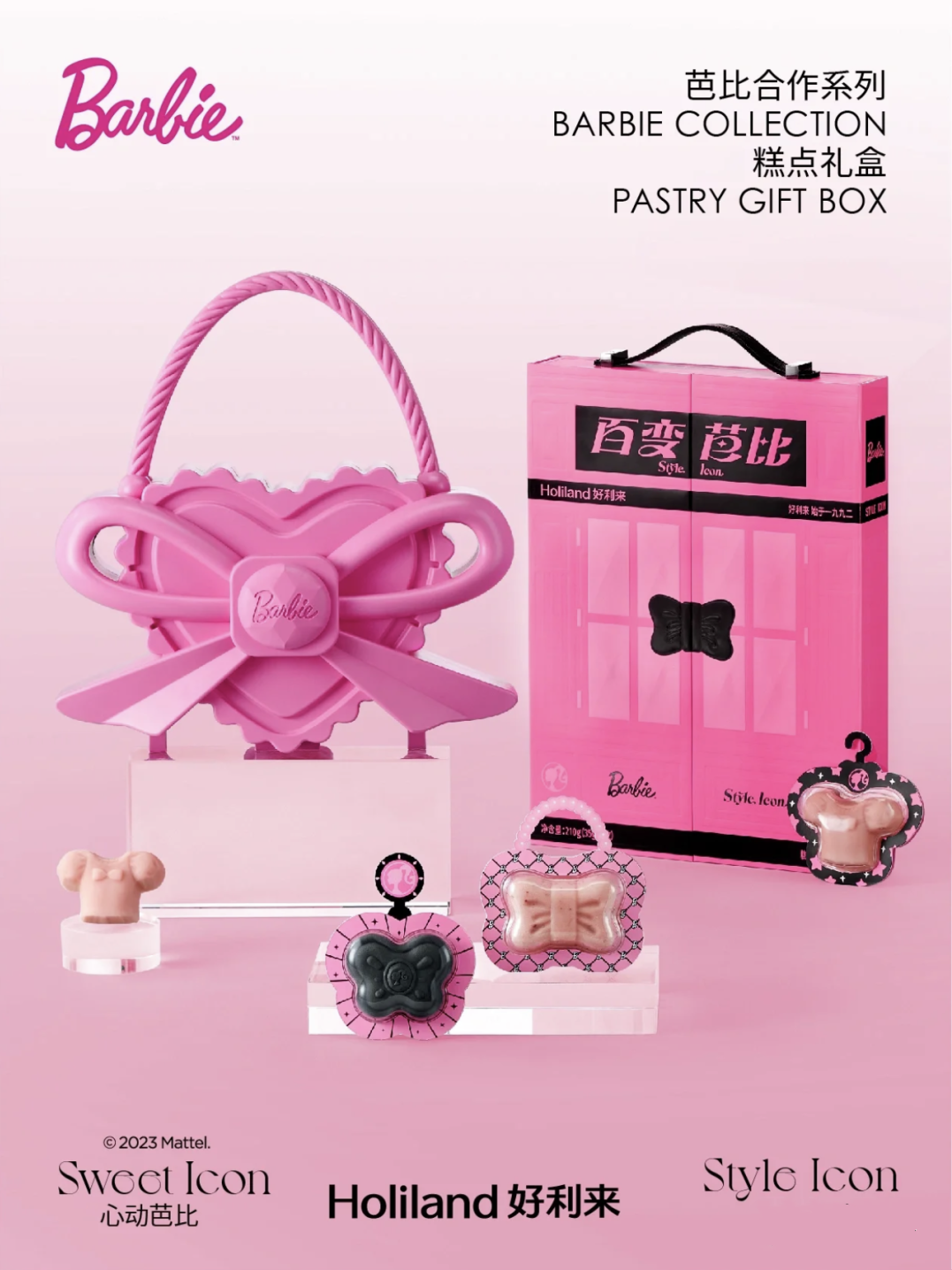
The development of digital technology has facilitated the transformation of virtual intellectual property (IP). AI technology is constantly evolving and advancing, and the emergence of generative AI technology not only improves production efficiency but also enables non-technical consumers to realize creative presentations. For vintage fashion IPs, the input of IP element symbols into the system can generate corresponding themed scenes, which can enhance the atmosphere and contribute to the completeness of the theme.

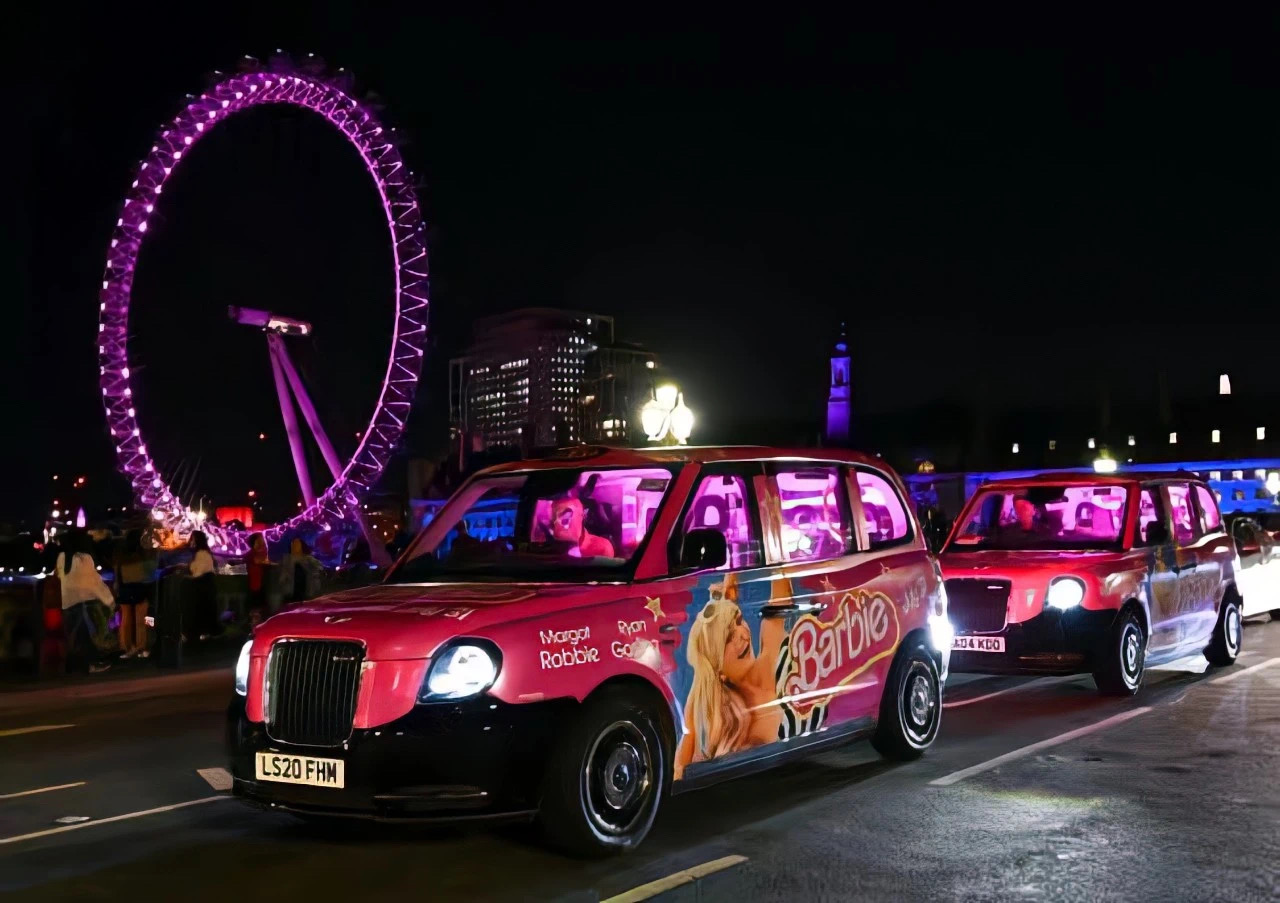
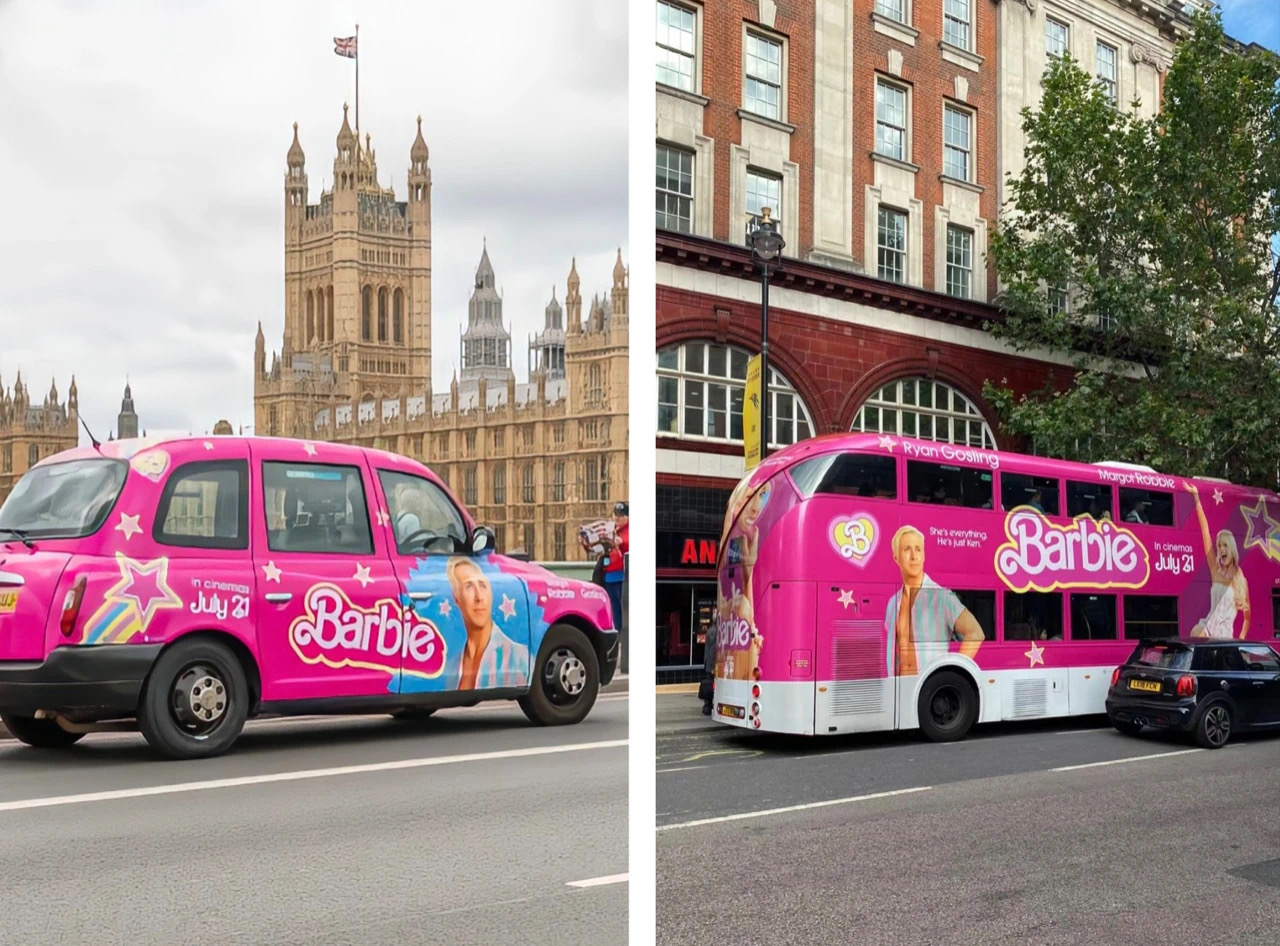
In the past, we typically relied on our imagination to construct and supplement the world of Barbie. However, in the Barbie movie, they brought to life the pink kingdom that exists in every girl’s heart, showing us that Barbie’s world extends far beyond her ever-changing wardrobe. Today, with the advancement of virtual technology, consumers can use digital tools to build their imagined spaces, continuously adding and enhancing them in the digital realm. They can even create a completely virtual 3D world for their inner Barbie princess. The resurgence of vintage IPs is, in fact, a way of using digital technology to give traditional IPs a new voice in the modern era.


Over the years, “Barbie” has embodied the dreams of every child. In the 1960s, as more women entered the workforce, Barbie also got her first job as a fashion designer. In 1961, she became a ballerina, a registered nurse, and a flight attendant. In 1965, with space exploration becoming a hot topic, Barbie became an astronaut, exploring the future of space and humanity. Barbie can be defined as various roles, and today’s Barbie images are even more diverse. You can define Barbie as any role you want, which is the meaning that the new era has given to Barbie. Barbie Pink has also become a joyful, fun, free, and highly topical visual symbol, representing the qualities and characteristics of the modern “She’s Got Attitude”women.

In the future, subcultures will find a more stable footing in the mainstream market. Their styles and creativity will sweep across the globe. Whether there will be more subcultures from Asia, Africa, and South America that will have a place in the fashion industry remains unknown. However, the coexistence and symbiosis of multiple subculture groups will be the mainstream market trend of the future.

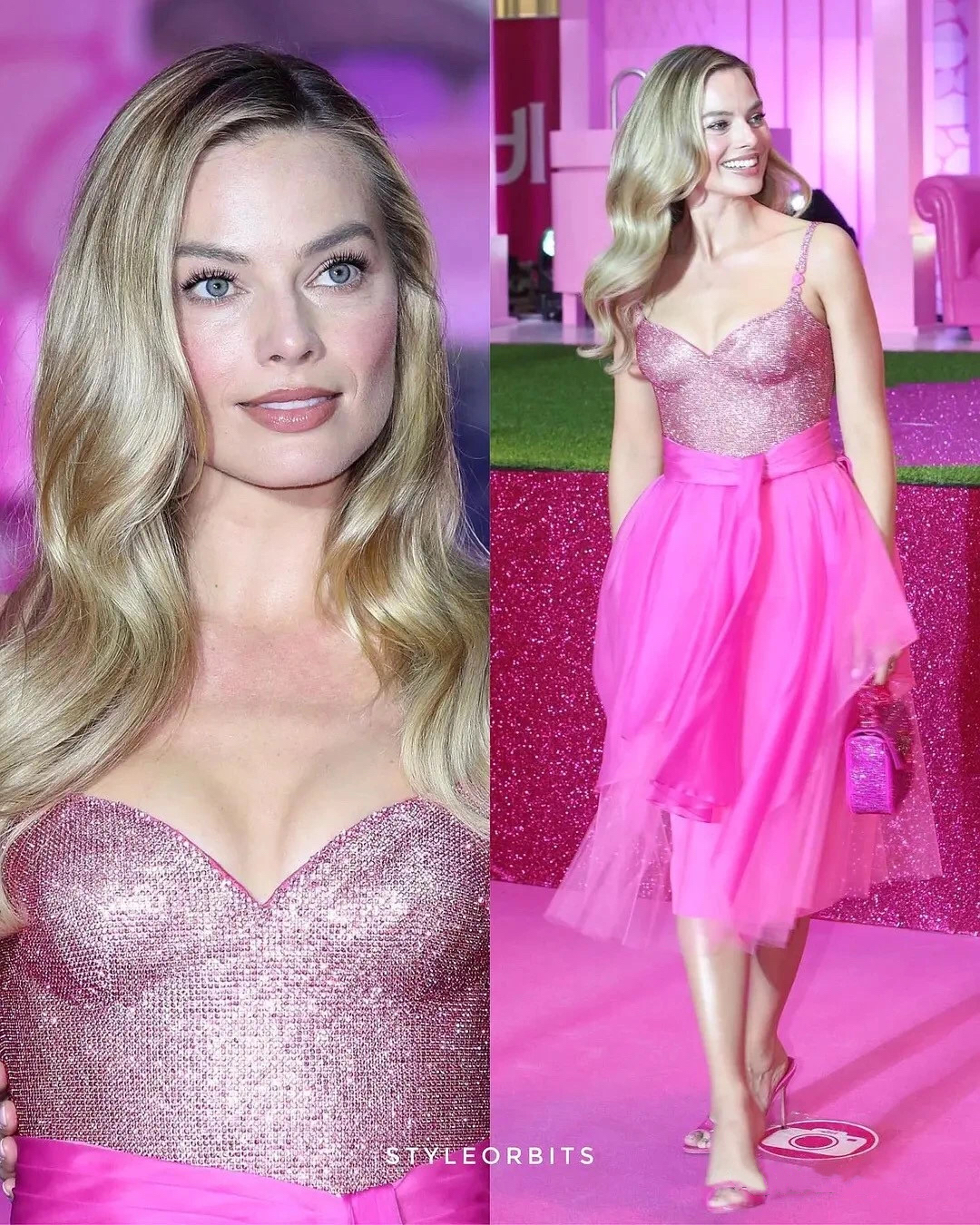



熱門頭條新聞
- Industry legend Peter Molyneux joins NG25 Spring
- Lexar Introduces Professional Workflow 6-Bay Docking Station, Workflow Portable SSD, Workflow Reader Modules, and Three CFexpress 4.0 Cards
- The Next Generation Soul Game is Officially Released!
- QUERN DEVELOPERS JOIN FORCES WITH BLUE BRAIN GAMES FOR MYSTERIOUS NEW ADVENTURE DIMHAVEN ENIGMAS
- Announcing FMX 2025: Rhythm of Change
- Detective Mystery Game Detective Dotson Announces Animated Film
- DISCOVER WHAT LIES BEYOND THE DOORS OF THE SOMNIUM LABYRINTH IN WUTHERING WAVES UPDATE WHEN THE NIGHT KNOCKS COMING SOON
- The global GPU market is worth almost $100 billion.
